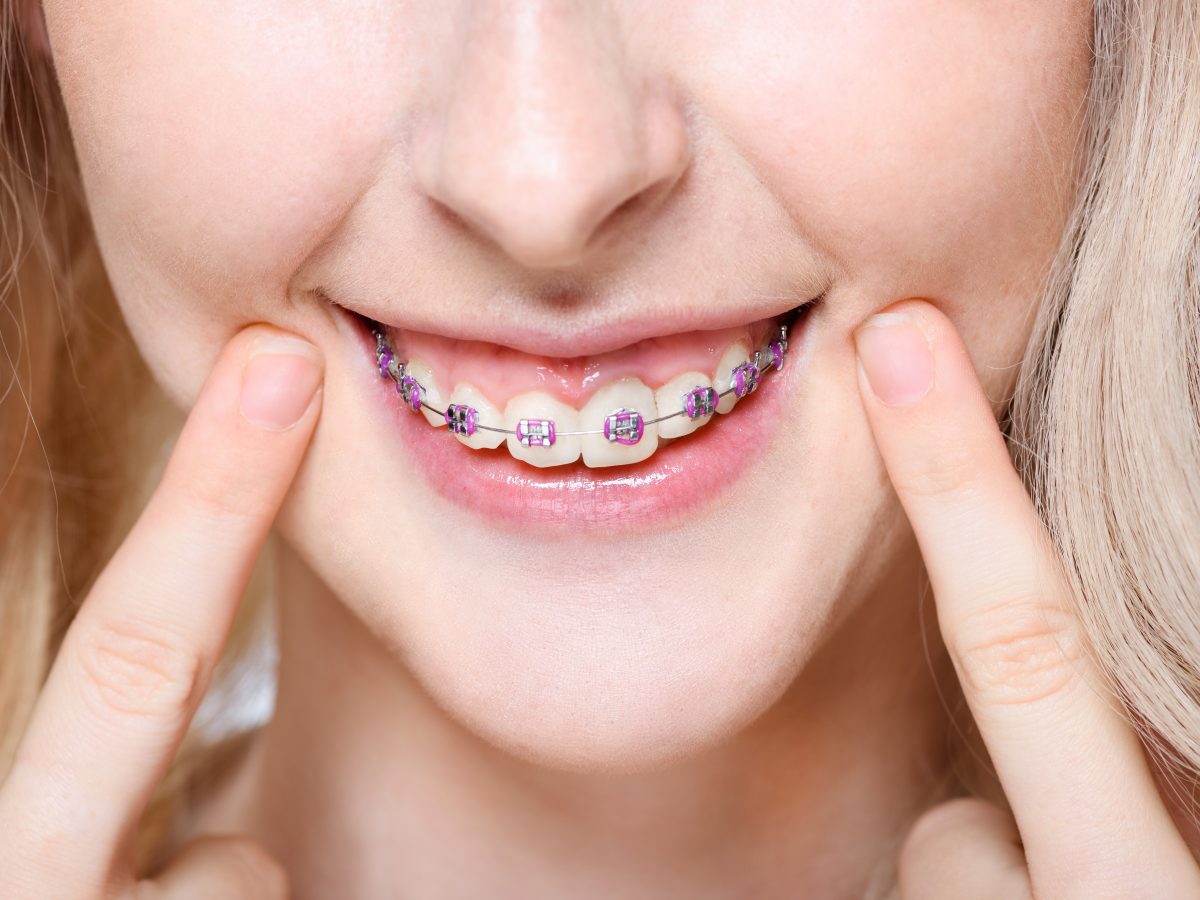Comprehensive Overview to Orthodontics Treatments for Remedying Dental Imbalances
In the realm of orthodontics, the trip to accomplishing a completely aligned smile entails a myriad of procedures tailored to deal with dental imbalances. From traditional braces to unnoticeable aligners and also medical choices, the area of orthodontics uses a series of solutions to resolve differing degrees of oral irregularities. Recognizing the complexities of each procedure, including their systems, advantages, and possible downsides, is vital in making notified choices regarding one's orthodontic therapy. As we navigate via the detailed guide to orthodontic procedures for fixing oral misalignments, the detailed information of each method will unravel, dropping light on the course toward a useful and unified oral positioning.
Orthodontic Procedures Introduction

In addition to clear aligners and typical dental braces, orthodontists may additionally advise other treatments like headgear, palatal expanders, or retainers to address specific placement concerns (invisalign). These procedures are tailored to each person's special needs and might include a combination of treatments to attain the desired outcomes. Regular modifications and monitoring are essential components of orthodontic treatment to ensure progression is on track and to make any kind of needed adjustments along the way. By undergoing orthodontic treatments, patients can not just achieve a straighter grin however also boost their total oral health and feature.
Conventional Dental Braces: Just How They Work
When considering orthodontic treatments for oral imbalances, traditional dental braces stick out as a time-tested approach for correcting teeth positioning. Traditional dental braces consist of brackets, wires, and bands that function together to use constant pressure on the teeth, gradually relocating them right into the wanted placement. The brackets are connected to the teeth utilizing a special adhesive, and the cords are threaded through the braces. By readjusting the stress of the cables, orthodontists can manage the direction and pressure put on each tooth, leading them into proper alignment in time.
One key facet of exactly how traditional dental braces work is the process of bone remodeling. As stress is used to the teeth with the dental braces, the bone bordering the teeth is reshaped to sustain the brand-new tooth placements. This remodeling is necessary for the long-term stability of the dealt with positioning. Clients will certainly require routine adjustments at the orthodontist's workplace to make sure the braces proceed to use the correct stress for effective teeth activity.
Unseen Aligners: Advantages And Disadvantages
These clear, customized trays are practically invisible when worn, making them an attractive alternative for people seeking a more aesthetically pleasing orthodontic treatment. Clients can eliminate the aligners before eating or brushing their teeth, minimizing the danger of food obtaining stuck in the device and streamlining the cleansing procedure.

Surgical Orthodontic Options
Surgical treatments in orthodontics present sensible choices for attending to intricate dental imbalances that might not be successfully solved through conventional orthodontic treatments. While typical dental braces and unnoticeable aligners can remedy numerous orthodontic issues, specific instances need medical intervention to accomplish optimum results. Surgical orthodontic alternatives are generally advised for extreme malocclusions, considerable jaw inconsistencies, and instances where the underlying bone structure needs alteration to achieve correct alignment.
One usual surgical orthodontic treatment is orthognathic surgical procedure, which involves repositioning the jaws to correct practical concerns such as difficulty eating or talking. This surgery is commonly executed in partnership with an orthodontist that assists align the teeth before and after the procedure. Surgical orthodontics might additionally entail procedures to subject impacted teeth, get rid of excess gum tissue, or reshape the jawbone to create a more harmonious facial profile.
Before thinking about medical orthodontic alternatives, patients undergo a comprehensive assessment to figure out the requirement and possible advantages of such treatments. cumming aligners. While surgical treatment may appear complicated, it can significantly boost both the feature and appearances of the smile in instances where conventional orthodontic treatments drop short
Retainers and Post-Treatment Care

Failing to comply with post-treatment treatment directions can result in regression, where the teeth slowly relocate back towards their initial placements. Constant retainer wear, excellent oral hygiene, and routine oral check-ups are necessary for maintaining the results achieved with orthodontic surgery and making certain the long-lasting stability of the remedied dental positioning.
Verdict
To conclude, orthodontic treatments offer various choices for fixing oral imbalances. Standard dental braces use steel brackets and cables to move teeth into appropriate placement. Unnoticeable aligners supply a more discreet alternative however might not appropriate for all situations. Surgical orthodontic options are offered for more severe imbalances. Retainers are generally used post-treatment to maintain the brand-new alignment. Generally, orthodontic treatments can properly enhance dental health and aesthetic appearance.
As we browse via the thorough guide to orthodontic procedures for dealing with oral imbalances, visit the site the complex information of each technique will certainly unfold, losing light on the path toward a functional and unified oral placement. - aligners
One over here of the most common orthodontic therapies is the use of braces, which consist of steel brackets and cords that use mild pressure to gradually change teeth right into the desired position.When taking into consideration orthodontic therapies for dental misalignments, traditional dental braces stand out as a time-tested method for correcting teeth positioning. Additionally, unseen aligners may not be suitable for complicated orthodontic problems that require more considerable teeth movement, as they are generally advised for moderate to modest situations. Retainers are personalized orthodontic gadgets designed to hold teeth in their corrected settings after the conclusion of orthodontic treatment.